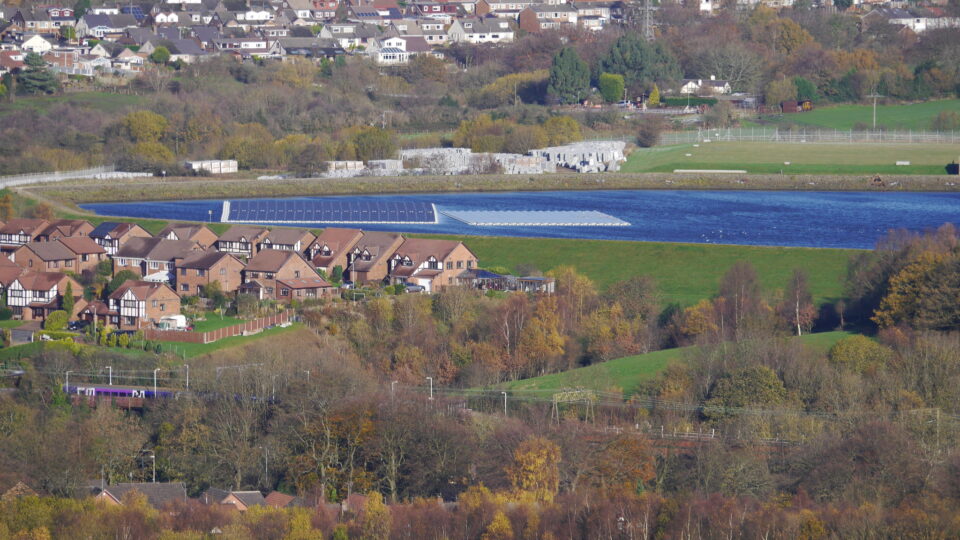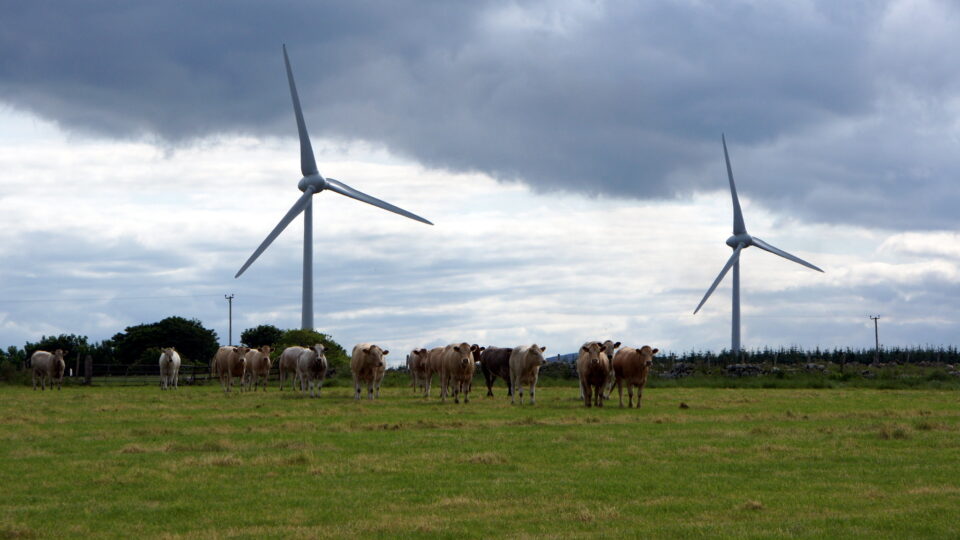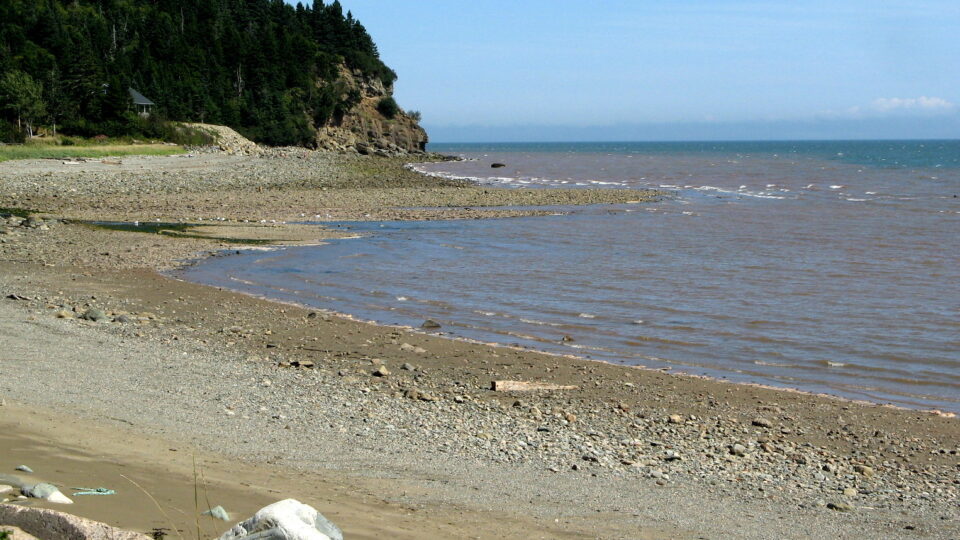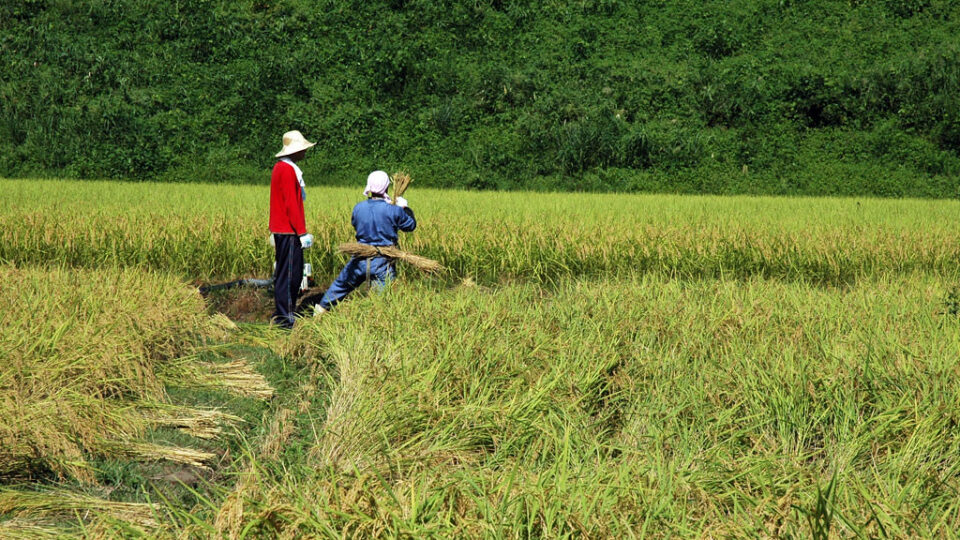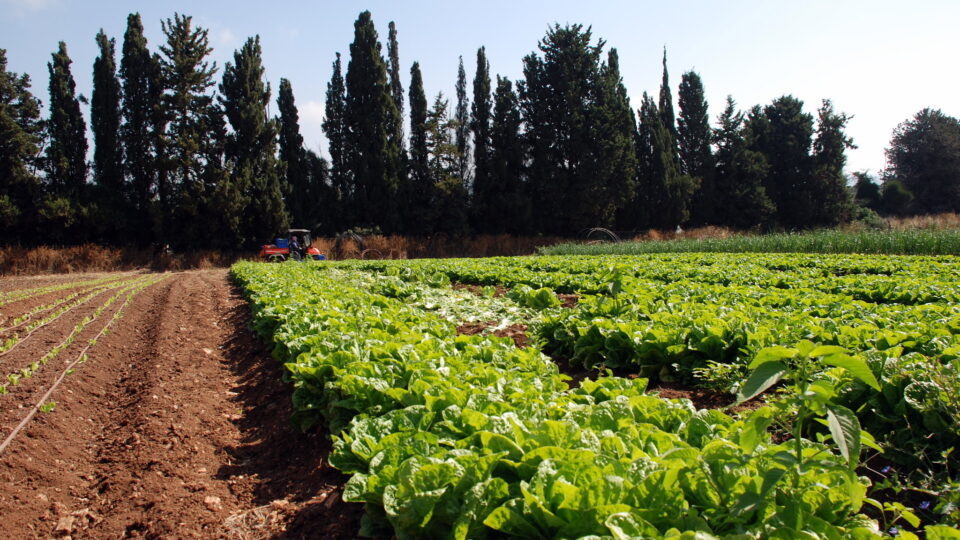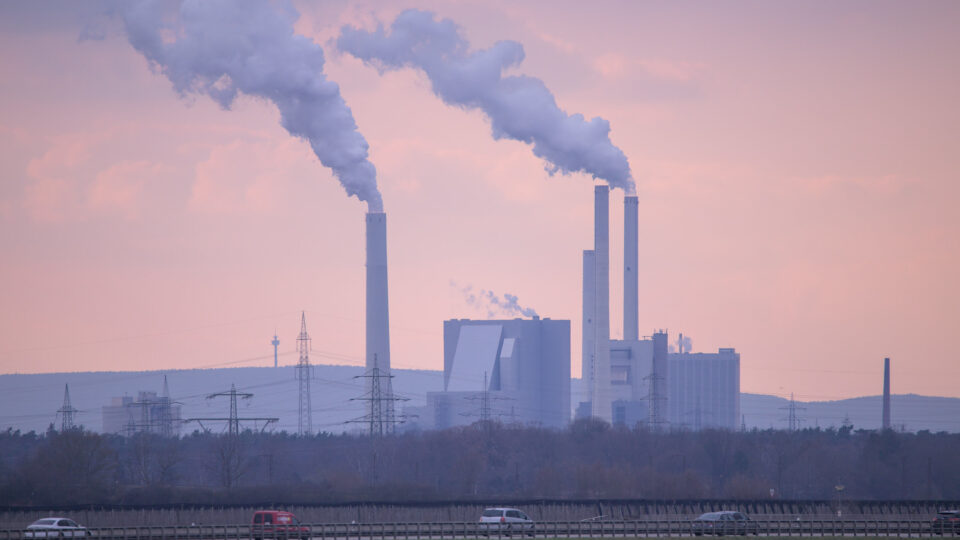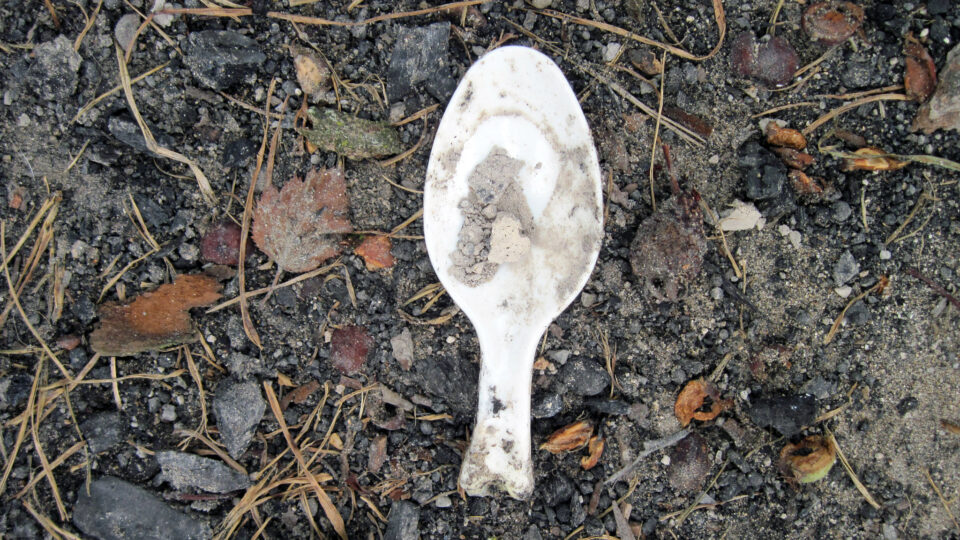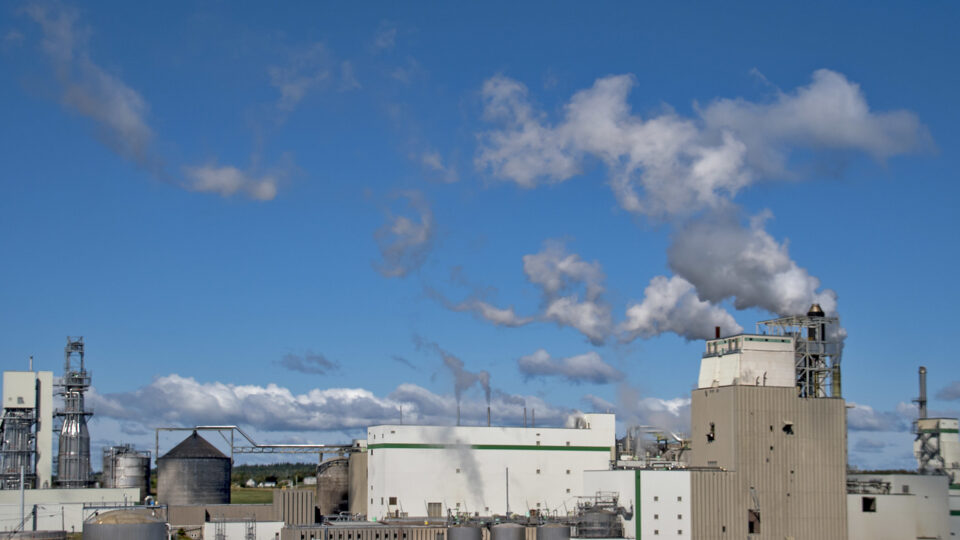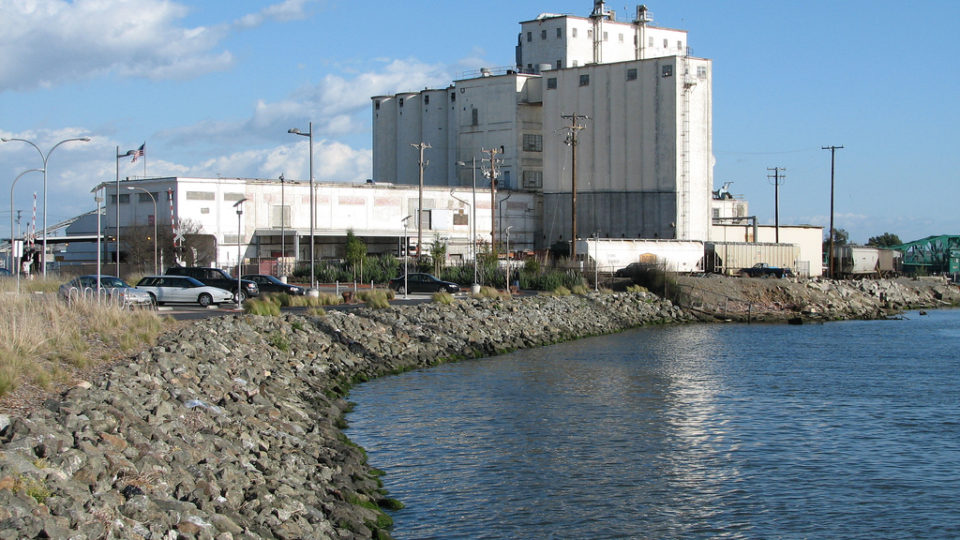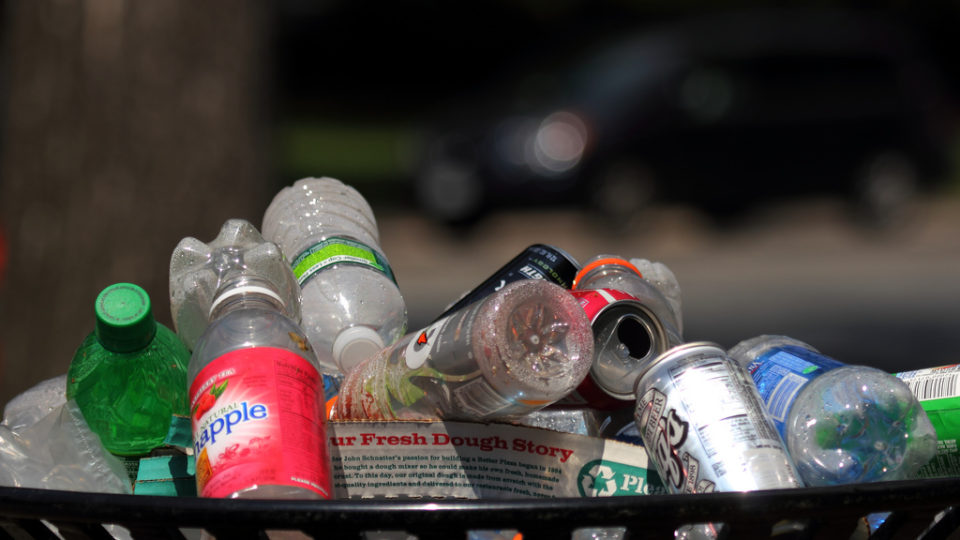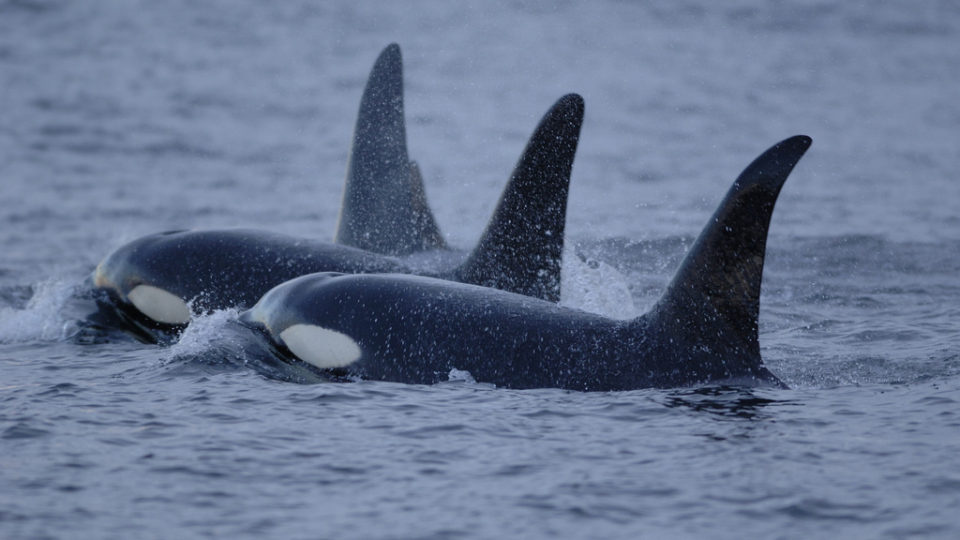As installations of utility-scale solar power continue to expand around the world, there is the issue of where to put them. They do take up considerable amounts of space and, in many places, available land is at a premium.
An alternative to taking up available land with solar panels is to deploy them on the surfaces of lakes and reservoirs. A study by researchers at Bangor and Lancaster Universities in the UK calculated the potential electrical output for floating photovoltaic installation on nearly 68,000 lakes and reservoirs around the world. The lakes and reservoirs selected were no more than 6 miles from a population center, were not in a protected area, and didn’t dry up and didn’t freeze for more than six months each year. The calculations were based on covering just 10% of the surface area of the bodies of water.
The calculations were evaluated country-by-country. Five countries could meet their entire electricity needs by floating installations including Papua New Guinea, Ethiopia, and Rwanda. Many countries, mostly in Africa, South America, and Central Asia, could get between 40% and 70% of their electricity this way. Most European countries could only meet a few percent of their electricity needs from floating solar, but even that could be significant.
There are other benefits to floating solar apart from freeing up land. The panels stay cooler, making them more efficient, and reservoirs lose less water through evaporation and the growth of algal blooms is reduced because there is less light reaching the water.
**********
Web Links
Some countries could meet their total electricity needs from floating solar panels, research shows
Photo, posted November 25, 2015, courtesy of Smabs Sputzer via Flickr.
Earth Wise is a production of WAMC Northeast Public Radio
